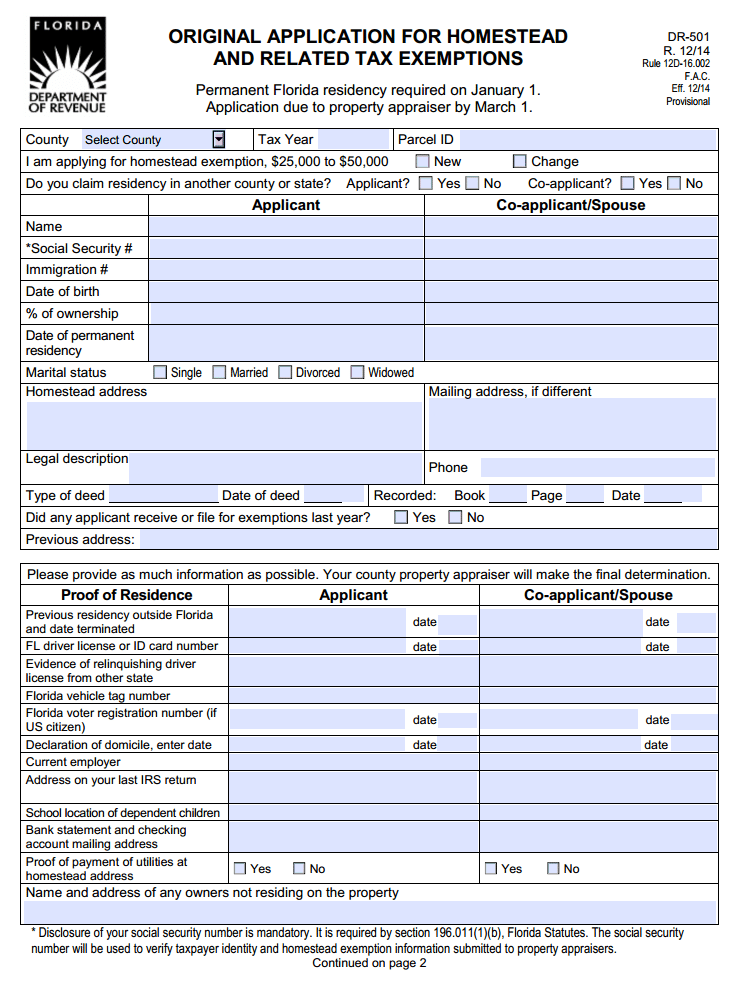Chessboard Pdf Open Cv Sift
README.md ASIFT++: Descriptor based on SIFT which is robust to out-of-plane rotations. ASIFT properly deals only with in-plane rotations. I used OpenCV implementation of SIFT. How does it work: • find keypoints in 1st frame using specified detector • describe them using specified descriptor • create vector of descriptors for each keypoint using perspective transformations (that is why we need chessboard files under variety of rotations). • detect and describe keypoints on 2nd frame • match 2nd frame keypoints with vectors od descriptors for keypoints from 1st frame Robust to in-plane rotation alghoritm (ASIFT): Adapted 3D reconstruction alghoritm: BUILD: • build using standard procedure (mkdir build ->cd build ->cmake. ->make) • in build folder prepare folder images and create here chessboard.txt wher you list all your chessboard files (needed for initial deformation) - examplary images are in images folder from this repo.
• Paste to build folder all files from dataset (EPFL): cam.ext, cam.intr, cam.tdir, ControlPointIds.txt, im_corners.txt, mesh.pts, mesh.tri, webcam.intr, world_corners.txt • Usage:./affineDSC path_to_model.png path_to_frame.png detector descriptor ratio1% ratio2% isPointCloudSaved(0 / 1) RESULTS USING SIFT: • All matches found: • Displacement of added keypoints: • Position of added keypoints.
Multiplane calibration [ ] Multiplane calibration is a variant of that allows one to compute the parameters of a camera from two or more views of a planar surface. The seminal work in multiplane calibration is due to Zhang. Calibrates cameras by solving a particular that captures the homographic relationships between multiple perspective views of the same plane. This multiview approach is popular because, in practice, it is more natural to capture multiple views of a single planar surface - like a chessboard - than to construct a precise 3D calibration rig, as required by DLT calibration.
The following figures demonstrate a practical application of multiplane camera calibration from multiple views of a chessboard. Chessboard feature extraction [ ] The second context in which chessboards arise in computer vision is to demonstrate several canonical algorithms. In, one seeks to identify image, which summarize the semantic content of an image and, hence, offer a representation of one's data. Chessboards - in particular - are often used to demonstrate feature extraction algorithms because their regular geometry naturally exhibits local image features like edges, lines, and corners. The following sections demonstrate the application of common feature extraction algorithms to a. Corners [ ] Corners are a natural local image feature exploited in many computer vision systems.
Loosely speaking, one can define a corner as the intersection of two edges. A variety of algorithms exist that formalize this notion into concrete algorithms. Corners are a useful image feature because they are necessarily distinct from their neighboring pixels.
The is a standard algorithm for corner detection in computer vision. The algorithm works by analyzing the of the 2D discrete matrix at each image pixel and flagging a pixel as a corner when the eigenvalues of its structure tensor are sufficiently large. Intuitively, the eigenvalues of the structure tensor matrix associated with a given pixel describe the gradient strength in a neighborhood of that pixel. As such, a structure tensor matrix with large eigenvalues corresponds to an image neighborhood with large gradients in orthogonal directions - i.e., a corner. A chessboard contains natural corners at the boundaries between board squares, so one would expect corner detection algorithms to successfully detect them in practice.
Indeed, the following figure demonstrates Harris corner detection applied to a perspective-transformed. Clearly, the Harris detector is able to accurately detect the corners of the board. Forsyth and J. Computer Vision: A Modern Approach.
Prentice Hall. Computer Vision: Algorithms and Applications. Springer Science and Business Media. Three-dimensional Computer Vision. 'A flexible new technique for camera calibration.' IEEE Transactions on Pattern Analysis and Machine Intelligence.
1330-1334 (2000). Bouguet, 'Camera calibration toolbox for MATLAB'.. Harris and M. 'A combined corner and edge detector.' Proceedings of the 4th Alvey Vision Conference. 147-151 (1988). Shapiro and G.
Computer Vision. Prentice-Hall, Inc. 'Use of the Hough transformation to detect lines and curves in pictures,' Comm.
11-15 (1972). 'Machine analysis of bubble chamber pictures.' High Energy Accelerators and Instrumentation. External links [ ] The following links are pointers to popular and implementations of chessboard-related computer vision algorithms. • - MATLAB toolbox implementing many common camera calibration methods • - OpenCV implementation of many common camera calibration methods • - MATLAB example of applying multiview auto-calibration to a series of chessboard images • - MATLAB function from the for detecting chessboards in images • - OpenCV function for detecting chessboards in images • - MATLAB function for performing Harris corner detection • - OpenCV function for performing Harris corner detection • - MATLAB function for computing the Hough transform • - OpenCV function for computing the Hough transform.
7x9 checkerboard for camera calibration. Paadum Vanampadi Mp3 Songs Free Download.
